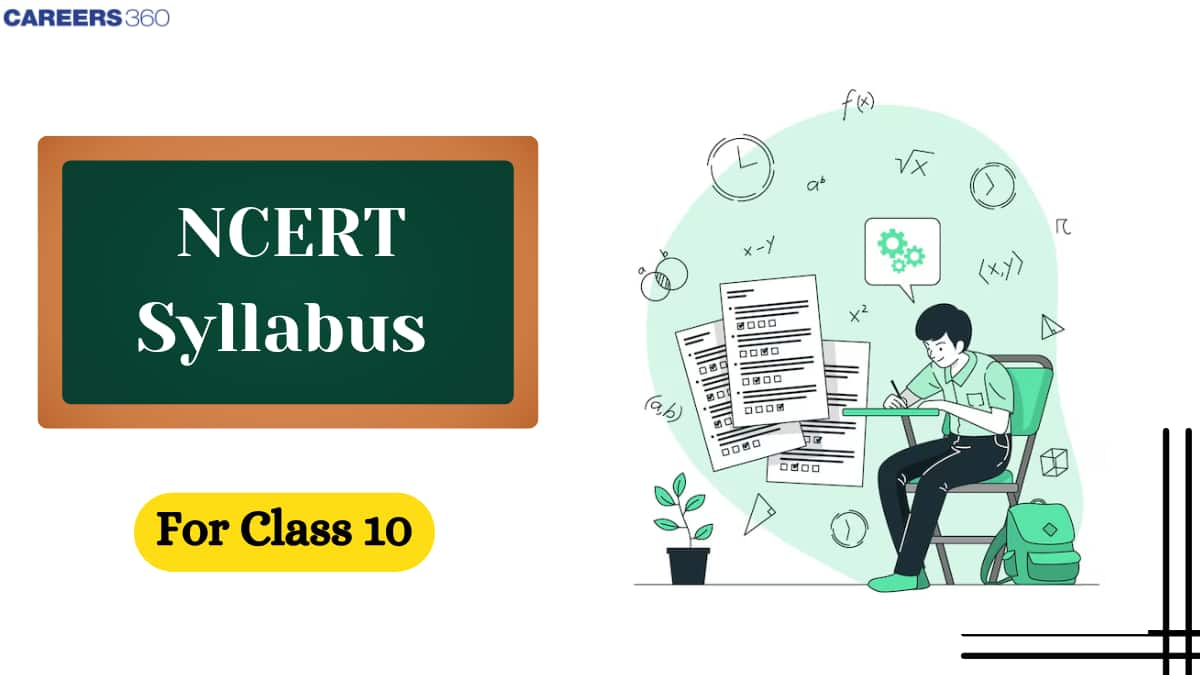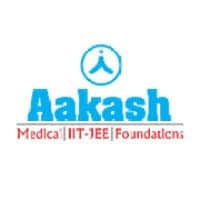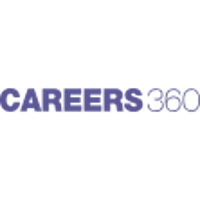Aakash Repeater Courses
ApplyTake Aakash iACST and get instant scholarship on coaching programs.
The NCERT Class 10 Syllabus for 2025–26 has been released by the National Council of Educational Research and Training. It provides students with the knowledge of what they have to study throughout the year. The syllabus is well-structured and follows a step-by-step approach to learning. It can be downloaded from the official NCERT website which is ncert.nic.in. Knowing the syllabus helps students plan their studies better and stay focused. The syllabus is accepted by different boards of education, like CBSE.

In various competitive exams, the Class 10 NCERT syllabus plays an important role. Many questions are directly asked from this syllabus in the exams. Understanding the exam pattern and marking scheme helps students study smartly. It also allows students to focus on the right topics instead of wasting time on less important areas. Staying updated with the latest syllabus keeps their preparation on the right track. NCERT Books and Solutions based on this syllabus make difficult topics easy to learn.
Students who are preparing for the board exams should know what topics they need to study. It’s also helpful to understand how marks are given for reading, writing, grammar, and literature. The Class 10 English CBSE Board Syllabus for 2025–26 includes all these parts. It helps students prepare in the right way.
Prose
Poetry
Footprints Without Feet (Supplementary Reader)
Words and Expressions-2
Before starting their studies, students should be familiar with the chapters and important topics included. The CBSE syllabus for Class 10 Class Social Science includes History, Geography, Political Science, and Economics. Students can check below to see all the chapters and topics included for this year.
History – India and the Contemporary World – II
1. The Rise of Nationalism in Europe
2. Nationalism in India
3. The Making of a Global World
4. The Age of Industrialisation
5. Print Culture and the Modern World
Geography – Contemporary India – II
1. Resources and Development
2. Forest and Wildlife Resources
3. Water Resources
4. Agriculture
5. Minerals and Energy Resources
6. Manufacturing Industries
7. Lifelines of National Economy
Political Science – Democratic Politics – II
1. Power Sharing
2. Federalism
3. Gender, Religion and Caste
4. Political Parties
5. Outcomes of Democracy
Economics – Understanding Economic Development
1. Development
2. Sectors of the Indian Economy
3. Money and Credit
4. Globalisation and the Indian Economy
5. Consumer Rights
Students preparing for board exams are usually worried about Maths. But if they give enough time to each chapter and practice regularly, they can score good marks. Check the Class 10 Maths syllabus and prepare for the exam according to the weightage.
Chapters:
1. Real numbers
2. Polynomials
Geometrical meaning of the zeros of a polynomial
Relationship between zeros and coefficients of a polynomial
3. Pair of linear equations in two variables
Graphical method of solution of a pair of linear equations
Algebraic methods of solving a pair of linear equations - Elimination method, Substitution method
4. Quadratic equations
Quadratic equations
Solution of a quadratic equation by factorisation
Nature of roots
5. Arithmetic progressions
Arithmetic Progressions
nth term of an AP
Sum of first n terms of an AP
6. Triangles
Similar figures
Similarity of triangles
Criteria for Similarity of Triangles
7. Coordinate geometry
Distance formula
Section formula
8. Introduction to trigonometry
Trigonometric ratios
Trigonometric ratios of some specific angles
Trigonometric identities
9. Some applications of trigonometry
10. Circles
Tangent to a circle
Number of tangents from a point on a circle
11. Areas related to circles
12. Surface areas and volumes
Surface area of a combination of solids
Volume of a combination of solids
13. Statistics
Mean of grouped data
Mode of grouped data
Median of grouped data
14. Probability
Science is an interesting and fun subject. With a good understanding and regular study, students can perform well in it. The Science syllabus for Class 10 is divided into 13 chapters. Schools also give marks through internal assessments. Below are the topics students will study in the science subject.
1. Chemical Reactions and Equations
2. Acids, Bases, and Salts
3. Metals and Non-Metals
4. Carbon and its Compounds
5. Life Processes
6. Control and Coordination
7. How do Organisms Reproduce?
8. Heredity and Evolution
9. Light – Reflection and Refraction
10. The Human Eye and the Colourful World
11. Electricity
12. Magnetic Effects of Electric Current
13. Our Environment
Students who want to get the latest syllabus can download it easily from the official website. Follow the simple steps which are mentioned below to access the NCERT Class 10 syllabus for 2025–26.
Step 1: Go to the official NCERT website at http://ncert.nic.in.
Step 2: On the home page, in the 'Search' option and type 'Syllabus' and click on it. This will take you to the syllabus page.
Step 3: Click on the 'Syllabus For Secondary and Higher Secondary Classes' option. The syllabus PDF will open.
Step 4: Choose the "Class X Syllabus" of the required subject in the PDF.
Step 5: The NCERT Class 10 syllabus PDF of the selected subject will be displayed on your screen. Download and save it for future use.
Other related links,
Students should always use the official books recommended for Class 10 preparation. These books follow the latest syllabus and exam pattern. They are written in simple language and also explain each topic clearly. These NCERT Class 10 books 2025-26 are available in both printed and PDF formats from the official website. One big benefit of using these books is that many questions in competitive exams come directly from them. They are written by trusted authors and have practice exercises after each chapter. Therefore, students must study from these books during exam preparation.
Subject-wise NCERT 10th books 2025-26 links
A total of 5 subjects, namely science, mathematics, English, social science, and hindi, are included in the Class 10th NCERT.
No, NCERT is not the CBSE syllabus, but CBSE follows the NCERT syllabus.
NCERT creates textbooks and curriculum guidelines, while CBSE is a board that conducts exams.
Yes, the NCERT syllabus is the same as the CBSE syllabus for Class 10 .
The 10th board is not very hard if students study regularly. The syllabus is based on what is taught in class. If they understand the basics and practice well, it becomes easy. Time management and revision are very important to score well.
Yes, NCERT books are enough for Class 10 board exams.

Take Aakash iACST and get instant scholarship on coaching programs.

This ebook serves as a valuable study guide for NEET 2025 exam.

This e-book offers NEET PYQ and serves as an indispensable NEET study material.

As per latest syllabus. Physics formulas, equations, & laws of class 11 & 12th chapters

As per latest syllabus. Chemistry formulas, equations, & laws of class 11 & 12th chapters
As per latest 2024 syllabus. Study 40% syllabus and score upto 100% marks in JEE